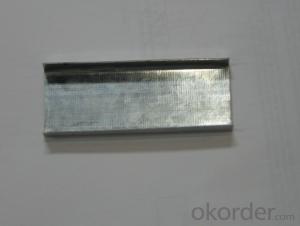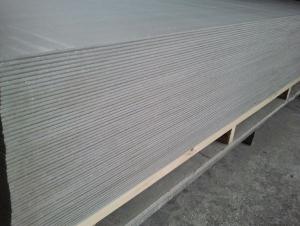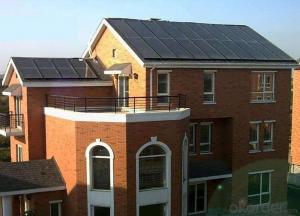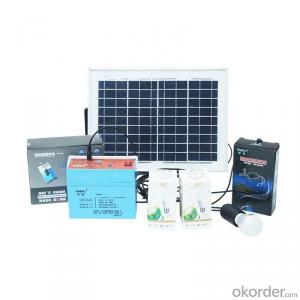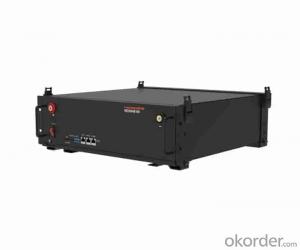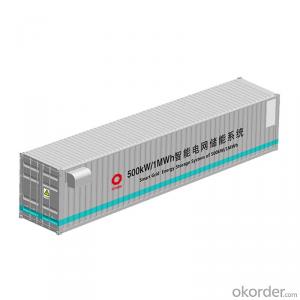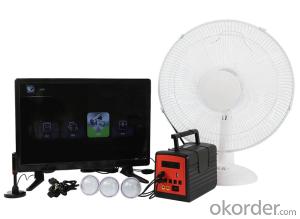Best Solar Inverter For Home
Best Solar Inverter For Home Related Searches
Best Paint For Stainless Steel Best Inverter For Solar System Solar Panel Inverter For Home Best Inverter For Solar Panels Best Solar Inverter For Rv Bending Machine For Pvc Profiles Inverter For 100w Solar Panel Solar Panel Inverter For Rv Best Aluminum Foil For Bbq Pvc Tiles For WallsHot Searches
Steel Mesh Panels For Sale Price For Stainless Steel Scrap Scrap Price For Stainless Steel Price For Stainless Steel Stainless Steel Plate For Sale Stainless Steel Tank For Sale Stainless Steel Sheets For Sale Cheap High Tea Sets For Sale Stainless Steel Tanks For Sale Stainless Steel For Sale High Density Fiberboard For Sale Solar Hot Water Collectors For Sale Scaffolding For Sale In Uae Scaffolding For Sale In Ireland Scaffolding For Sale In Houston Type Of Inverter For Solar Price Of Shipping Containers For Sale Types Of Inverter For Solar Stock Price For Aluminum Cheap High Tea Sets For SaleBest Solar Inverter For Home Supplier & Manufacturer from China
Okorder.com is a professional Best Solar Inverter For Home supplier & manufacturer, offers integrated one-stop services including real-time quoting and online cargo tracking. We are funded by CNBM Group, a Fortune 500 enterprise and the largest Best Solar Inverter For Home firm in China.Hot Products
FAQ
- The role of solar-powered ventilation systems in solar energy systems is to regulate and optimize the airflow within a building or structure by using solar energy to power the ventilation system. These systems help in maintaining a comfortable and healthy indoor environment by ventilating and circulating fresh air while reducing the reliance on traditional energy sources. Additionally, solar-powered ventilation systems contribute to the overall efficiency and sustainability of solar energy systems by utilizing renewable energy and reducing carbon emissions associated with conventional ventilation systems.
- Solar panels can have varying levels of efficiency depending on the technology used. The market offers several types of solar panels, each with its own unique characteristics and efficiency levels. To begin with, monocrystalline solar panels are renowned for their high efficiency. These panels are constructed from a single crystal structure, resulting in a consistent appearance. Monocrystalline panels achieve the highest efficiency rates, typically ranging from 15% to 22%. The uniform crystal structure facilitates better electron flow, maximizing the conversion of sunlight into electricity. On the other hand, polycrystalline solar panels have lower efficiency when compared to monocrystalline panels. These panels are made from multiple silicon crystals, resulting in a less consistent appearance. Polycrystalline panels generally have an efficiency range of 13% to 16%. The presence of multiple crystals can hinder electron flow, resulting in a slightly lower conversion rate. Another type of solar panel technology is thin-film panels. Thin-film solar panels are created by depositing thin layers of photovoltaic material onto a substrate. These panels exhibit the lowest efficiency rates among the various technologies, typically ranging from 10% to 12%. However, thin-film panels possess the advantage of being lightweight, flexible, and less expensive to produce, making them suitable for certain applications where efficiency is not the primary concern. Additionally, there are emerging technologies such as bifacial solar panels and multi-junction solar cells. Bifacial panels have the ability to capture sunlight from both sides, thereby increasing their overall efficiency. Multi-junction solar cells utilize multiple layers of semiconductors to capture a wider spectrum of light, enabling higher efficiency levels. In conclusion, the efficiency of solar panels varies depending on the panel technology being used. Monocrystalline panels offer the highest efficiency, followed by polycrystalline panels and thin-film panels. Nevertheless, it is crucial to consider other factors such as cost, space availability, and specific application requirements when selecting the most suitable solar panel technology.
- Solar energy systems have a significant impact on the energy consumption of a commercial building. By harnessing the power of the sun, these systems generate clean and sustainable electricity, reducing the reliance on traditional energy sources. This not only lowers the carbon footprint of the building but also leads to substantial cost savings on electricity bills. Additionally, solar energy systems can provide a reliable and consistent power supply, ensuring uninterrupted operations even during grid outages.
- Yes, solar panels are designed to be weather resistant. They are built to withstand various weather conditions including rain, snow, wind, and extreme temperatures. The materials used in their construction are durable and can protect the panels from damage caused by weather elements. Additionally, solar panels are tested and certified to meet industry standards for weather resistance.
- Yes, a solar energy system can be installed in areas with high humidity. While high humidity can affect the efficiency of solar panels to some extent, it does not completely prevent the installation or functioning of solar energy systems. The performance of solar panels is primarily influenced by the amount of sunlight they receive rather than humidity levels. However, it is important to note that excessive humidity or moisture can potentially lead to corrosion or damage to the electrical components of the system. Therefore, proper precautions and maintenance should be undertaken to ensure the longevity and optimal performance of the solar energy system in high humidity areas.
- Yes, solar energy systems can definitely be used for powering electric vehicle recycling facilities. Solar power is a renewable and clean energy source that can be harnessed by installing solar panels on the facility's roof or in nearby open spaces. These panels can generate electricity by converting sunlight into usable energy. By utilizing solar energy, electric vehicle recycling facilities can significantly reduce their reliance on traditional grid electricity, which is often generated from fossil fuels. This transition to solar power not only helps in reducing greenhouse gas emissions but also decreases the facility's carbon footprint. Moreover, electric vehicle recycling facilities typically require a substantial amount of energy to power heavy machinery and equipment used in the recycling process. Solar energy systems can provide a reliable and constant source of electricity to meet these energy demands. Additionally, incorporating energy storage solutions, such as batteries, can ensure uninterrupted power supply even during periods of low sunlight or at night. Implementing solar energy systems in electric vehicle recycling facilities also aligns with the overall mission of promoting sustainability and environmental responsibility in the electric vehicle industry. It showcases a commitment to clean energy practices throughout the entire lifecycle of electric vehicles, from production to recycling. In conclusion, solar energy systems are a viable and environmentally-friendly option for powering electric vehicle recycling facilities. They offer a sustainable and reliable source of electricity, reduce reliance on fossil fuels, and contribute to a greener and cleaner future.
- Solar energy systems have a significant impact on the electricity generation mix as they introduce clean and renewable power sources into the mix. By harnessing the power of the sun, solar energy systems reduce dependence on fossil fuels, thus decreasing greenhouse gas emissions and mitigating climate change. This diversification of the electricity generation mix also enhances energy security and reduces reliance on imported fuels. Additionally, solar energy systems contribute to decentralization and democratization of energy production, allowing individuals and communities to generate their own power and reduce their electricity bills.
- Trackers in solar energy systems play a crucial role in maximizing energy output by optimizing the positioning and orientation of solar panels. These devices actively track the movement of the sun throughout the day, ensuring that the panels are always facing the sun at the optimal angle. By continuously adjusting the position of the panels, trackers enhance energy production and improve the overall efficiency of solar energy systems.
















